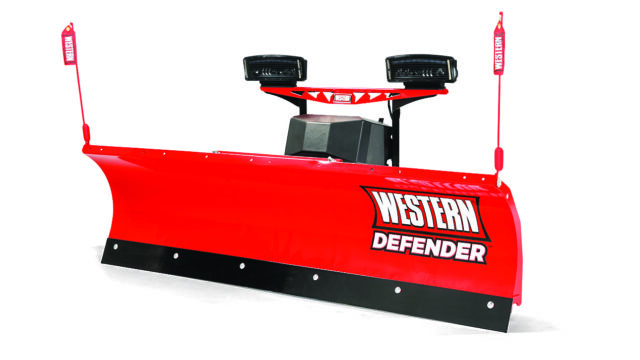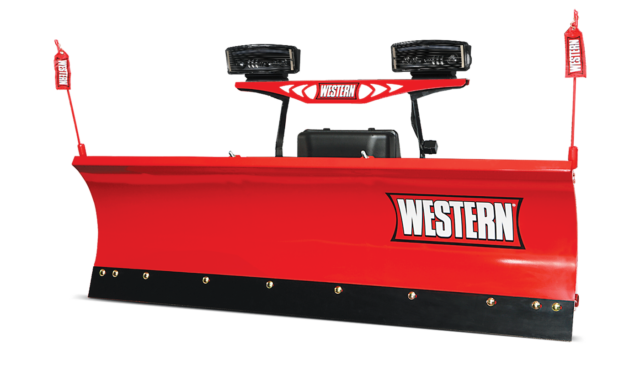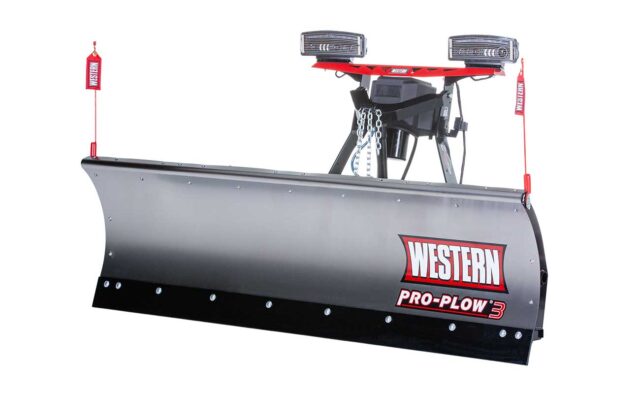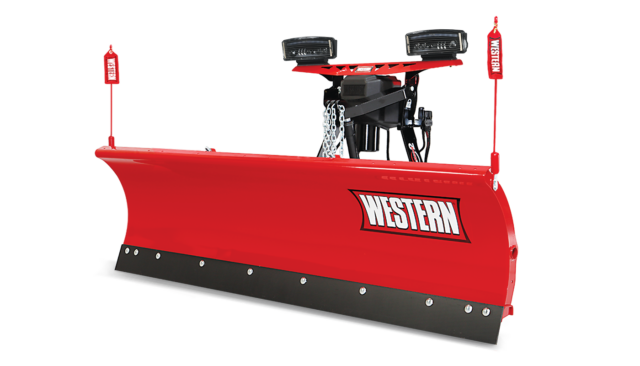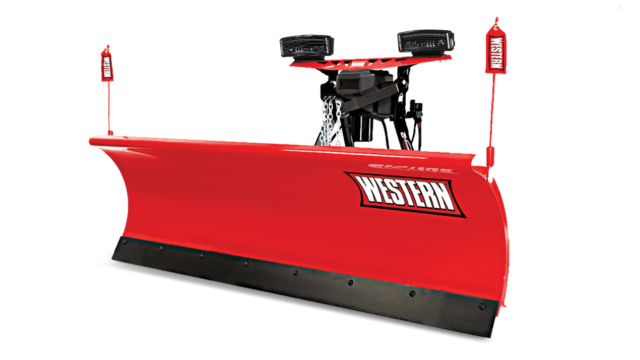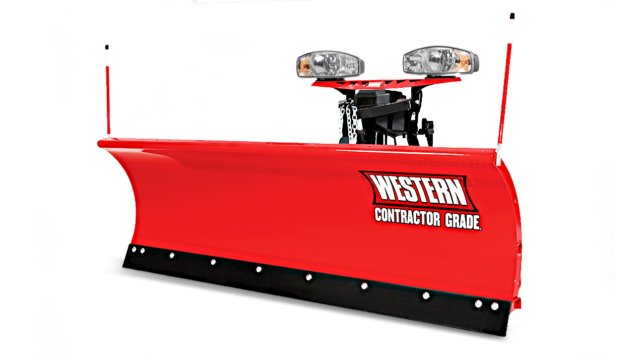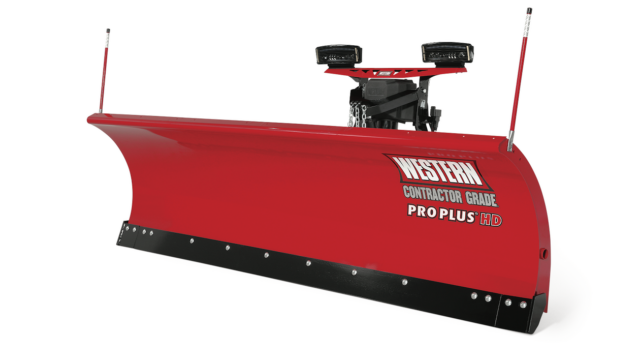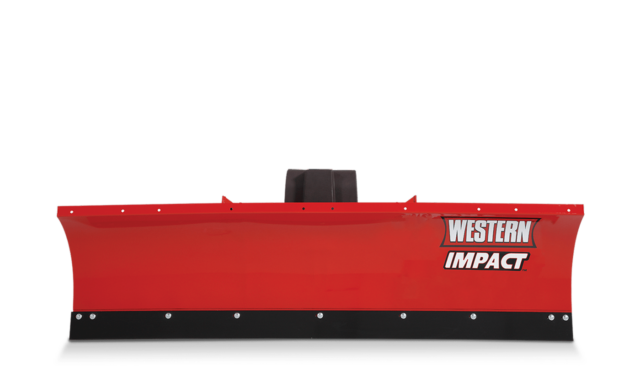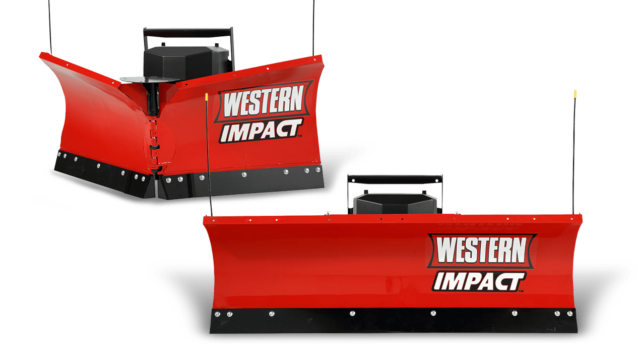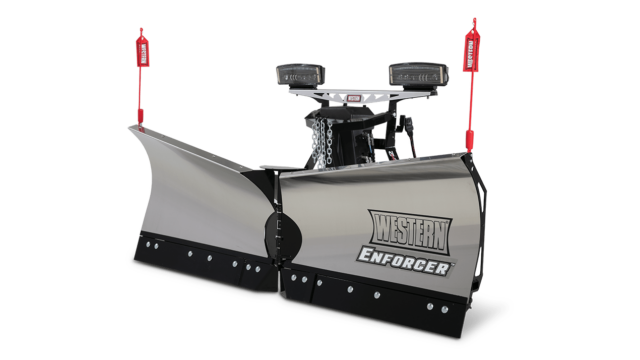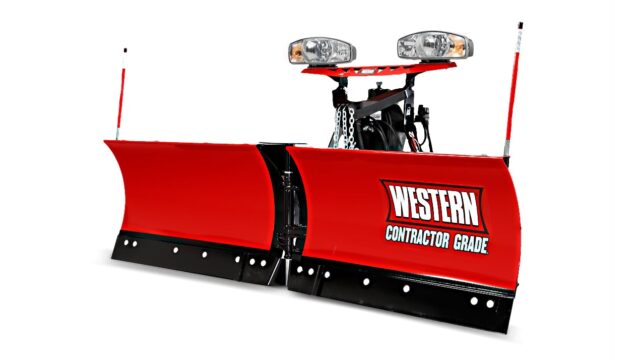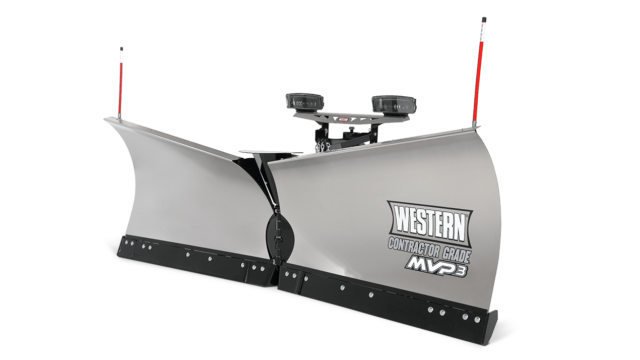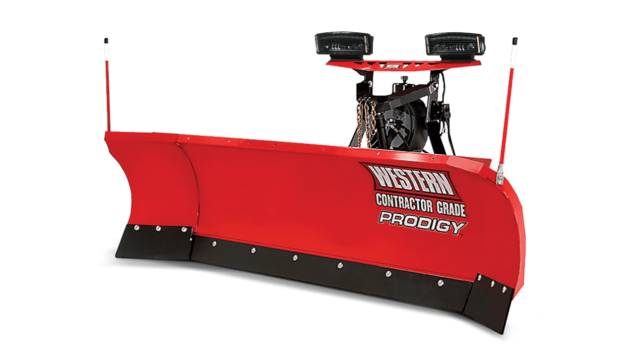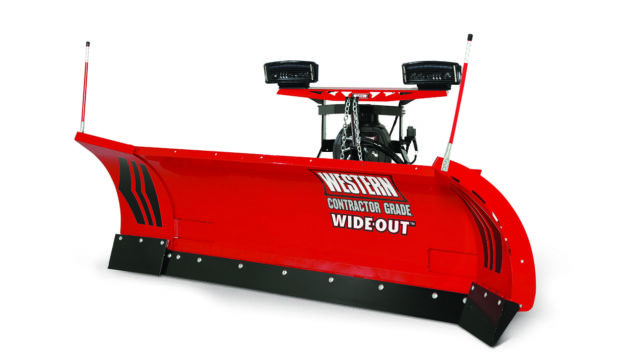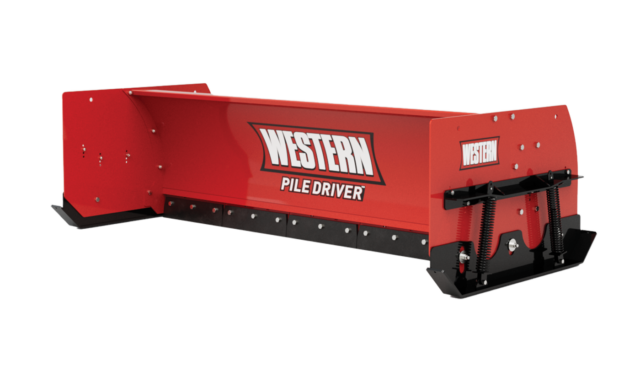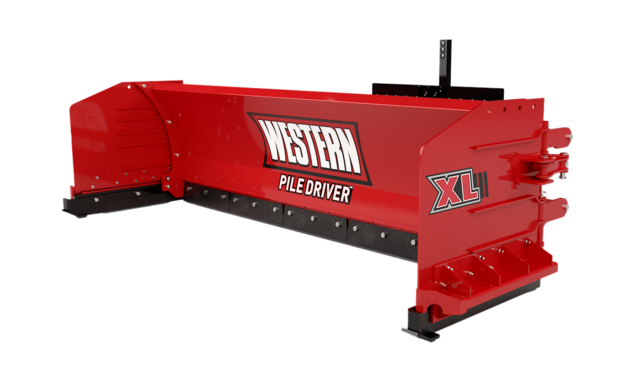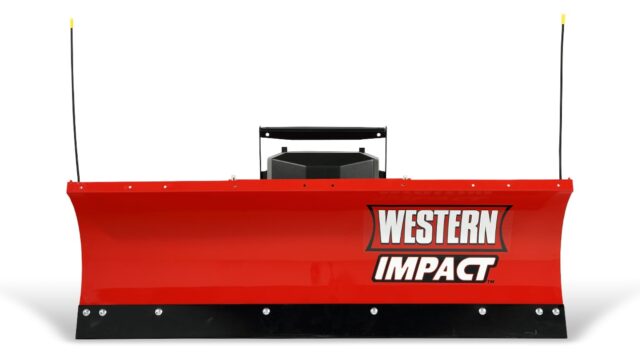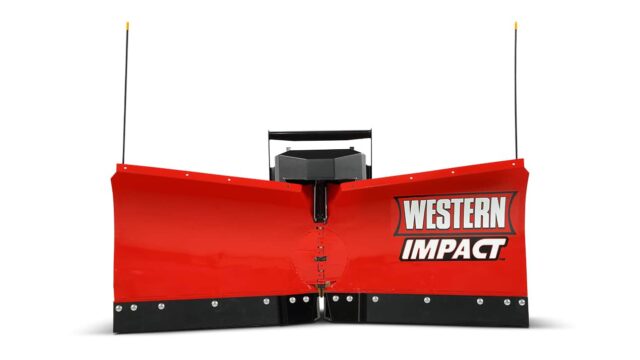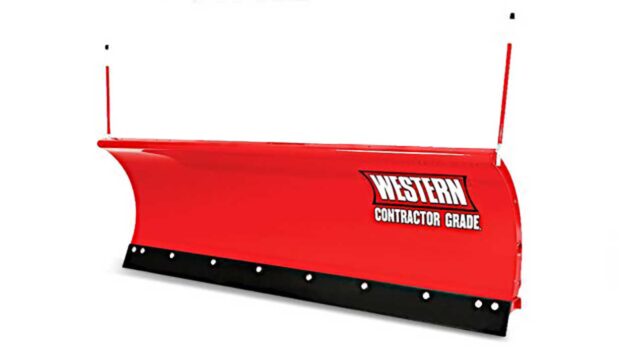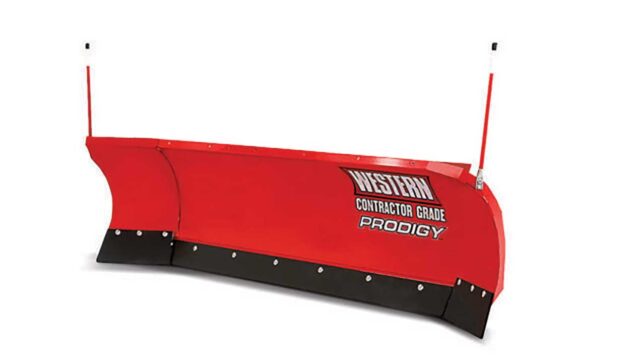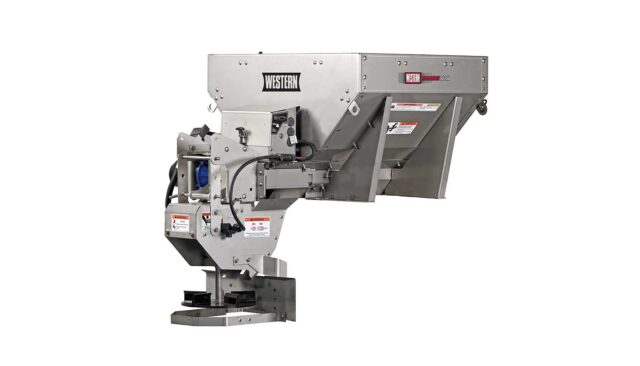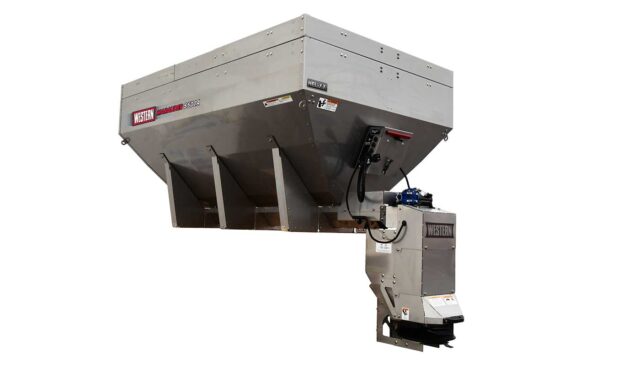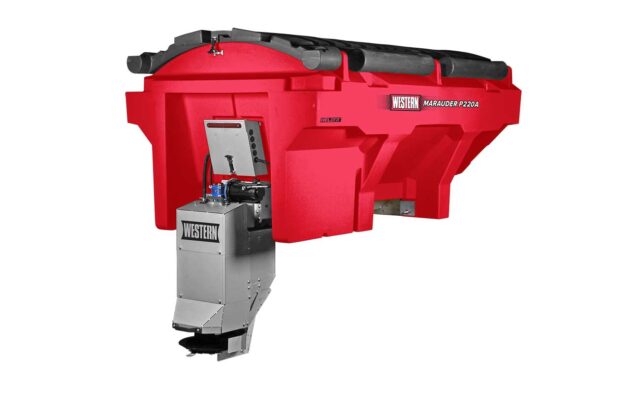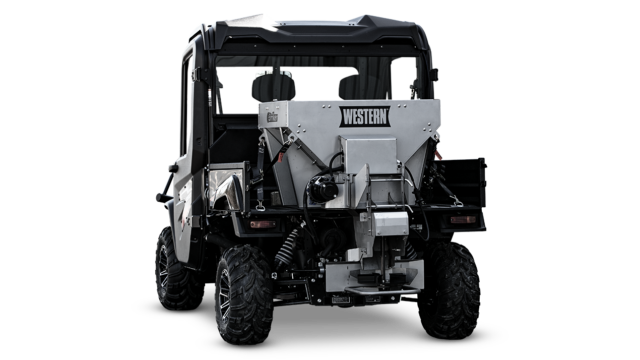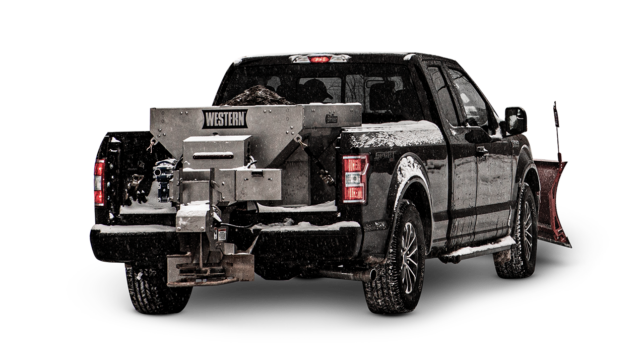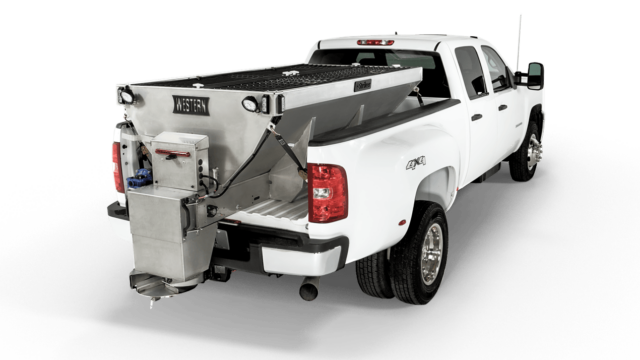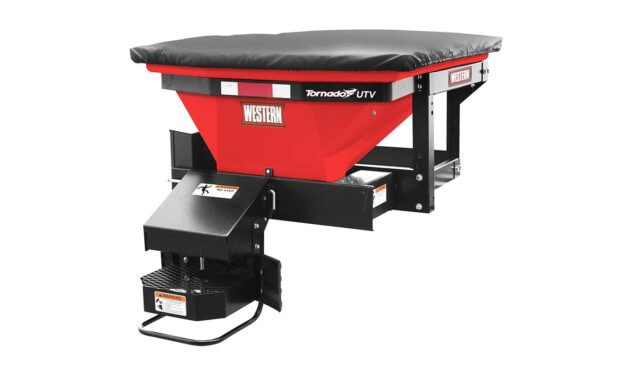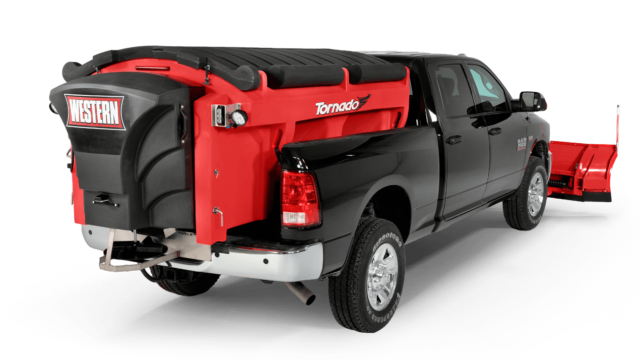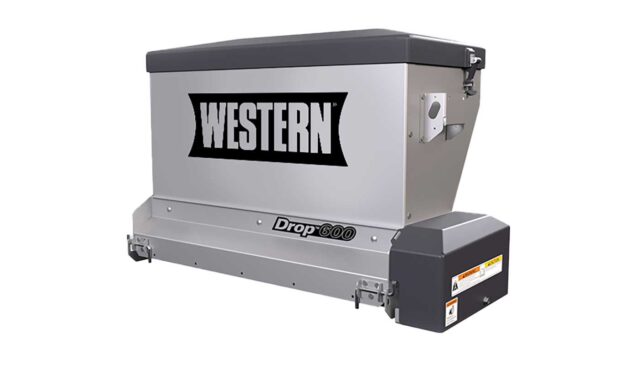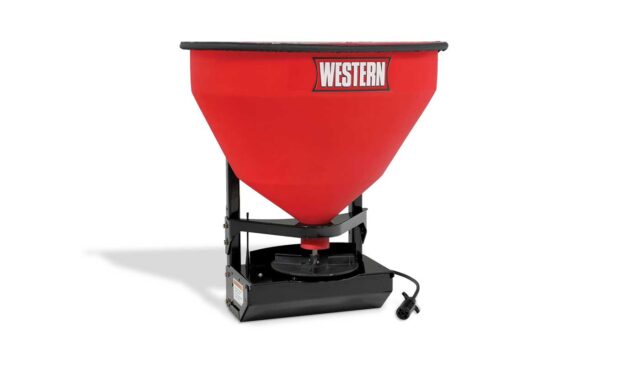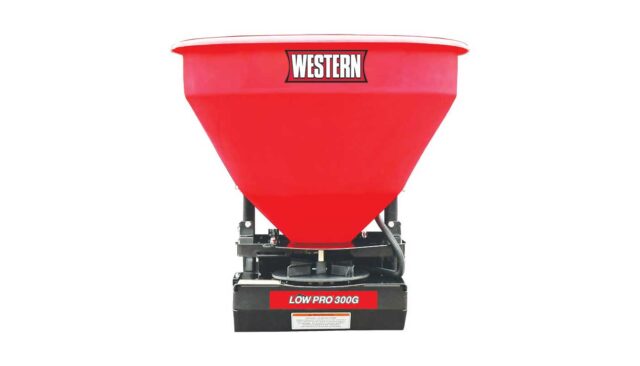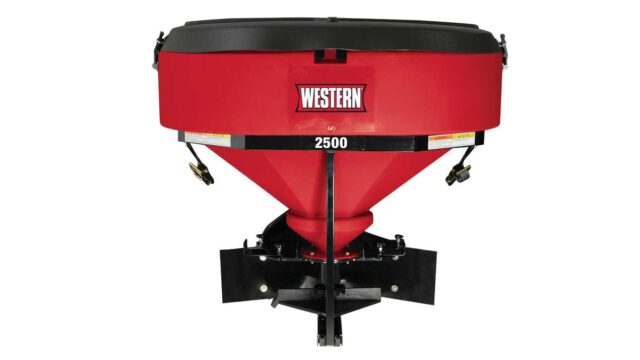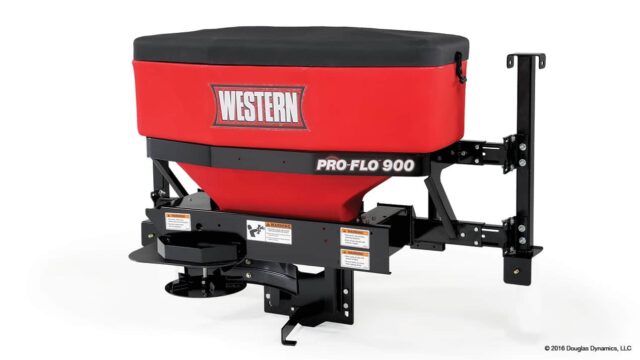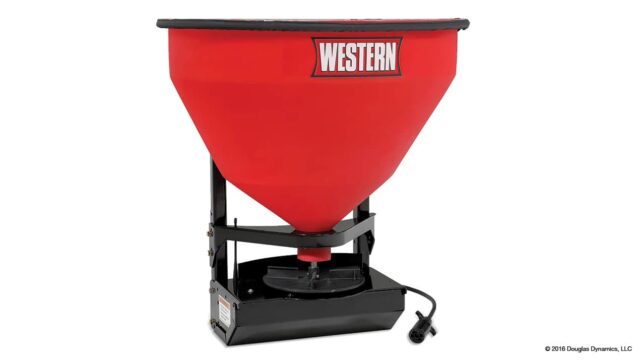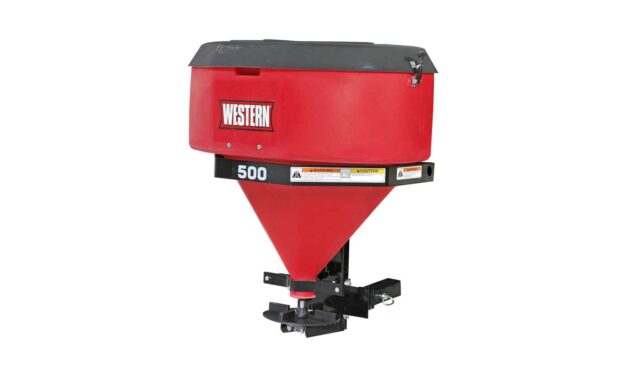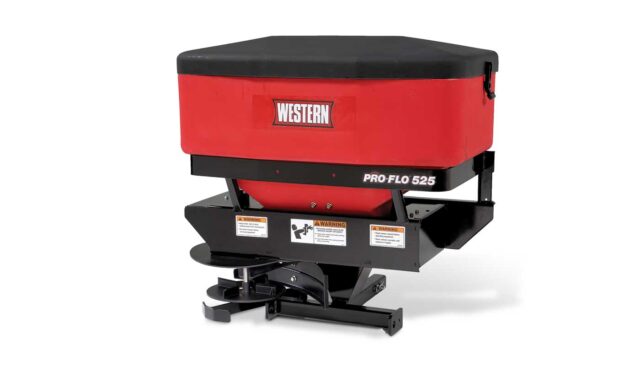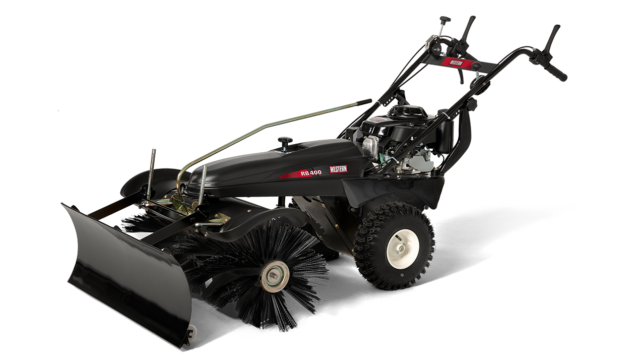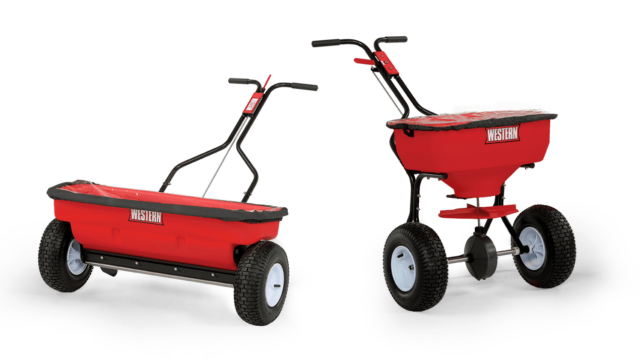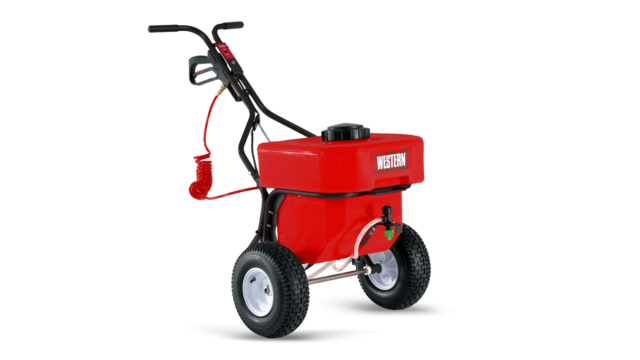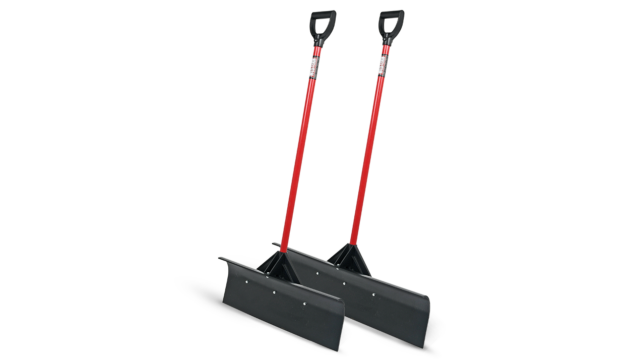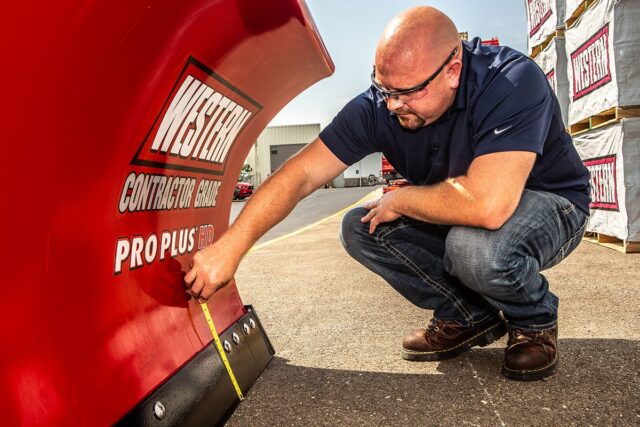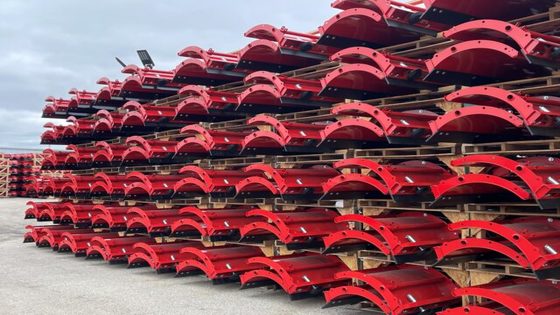Post-Season Snow & Ice Business Review
Created April 30, 2021
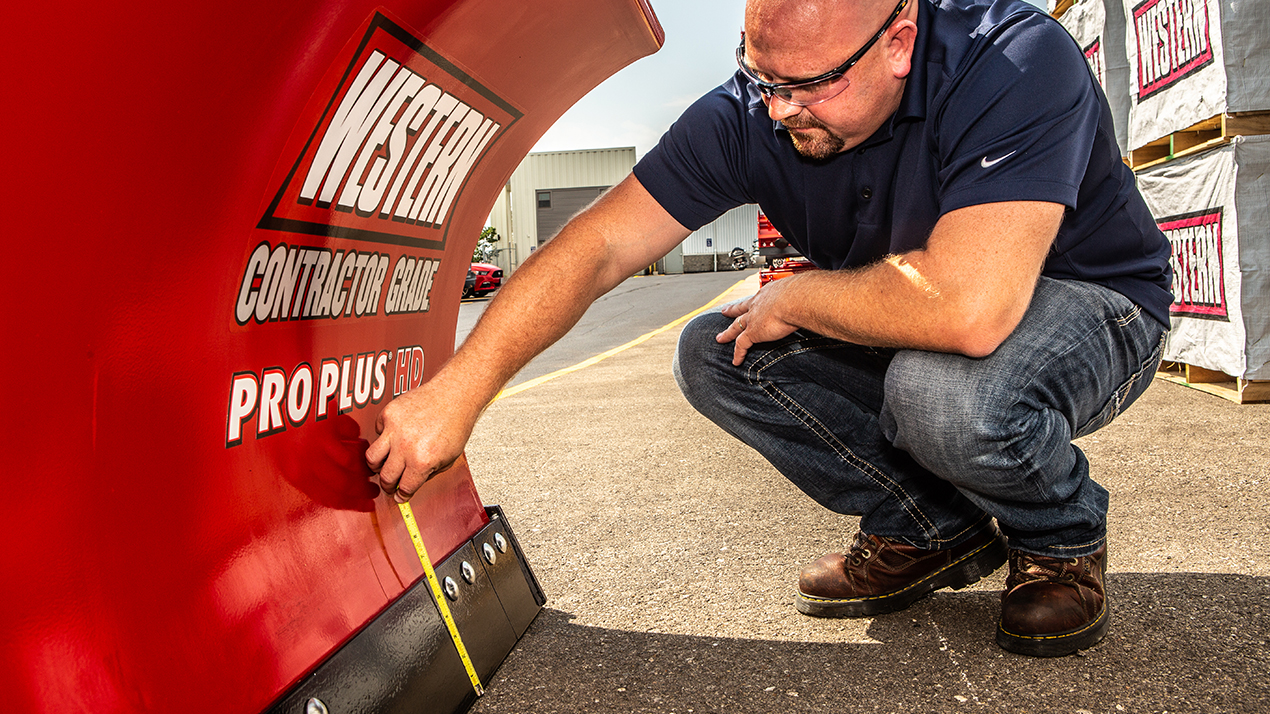
We’ve survived another winter season. With temperatures on the rise, it’s easy to turn your focus from performing snow and ice control activities to other areas of your business. But before you move beyond your winter business, ensure you’re set up to take advantage of the first snowfall when the temperatures plummet again.
#1 Inspect your Equipment
You have a lot of money tied up in your snow and ice control equipment. Make sure that it’s in good working order now, so it’s ready when you need it in a few months. As you get ready to store your plows and spreaders, take the following steps:
- Wash Your Equipment: Your plow and spreaders worked hard over the season in harsh environments where salt, sand, and road debris can build up. Giving the equipment a good wash can lessen the chances of rusting and corrosion over the summer months. For an added layer of protection for your plow(s), treat your fleet with a layer of auto-grade wax. This will also help the plow glide over the snow next season when it’s back in action.
- Check the Hydraulic System: The hydraulic system powers your plow’s ability to function. Make sure that you look at the pump, hoses, and fittings for any signs of wear. If you see any parts that need to be changed, completing the work now will make you ready for the first snow later in the year.
- Check Wear on Accessories: Wear items like shoes and cutting edges are built to be replaceable. If you keep these in good working order, you will extend the life of the blade itself. This is a good time of year to order accessory replacements so your maintenance team can install them during the off season. It is also good to check all the lights on your equipment to make sure they are functioning properly so your crews are operating safely when the snow flies again.
Once you have all these checks complete, your equipment is ready to be stored–safely–for the summer.
#2 Store your Equipment Safely Throughout the Summer
The best place to store your equipment is inside, out of the elements. The sun, wind, and rain can drastically impact both the appearance and structure of your equipment. If you don’t have the space to store your equipment indoors, there are steps you can take to lessen the negative impact of the elements.
Store your equipment on blocks or pallets. This will lessen the chances that ground water will pool under the equipment and rust it from below. If you must store equipment outside and you use a tarp to cover it, ensure the tarp is well ventilated to keep moisture from building up inside the tarp. This is especially important in hot, humid months.
In addition to properly storing your snow and ice control equipment, follow these tips as well:
- Take special care of the electrical connections on your plows and spreaders. Thoroughly apply dielectric grease to all of the connections to prevent corrosion throughout the off-season. If you find any corrosion on the connections as you prepare for storage, use fine grit sandpaper to grind it off.
- Grease all pivot points on your plow, including the A-frame.
- Hold off on oil changes – wait until you start the next season. This will allow the plow to work at its best.
- If you have painted plows, touch it up with paint. This will help the plow resist the elements during storage, and get you one step ahead for the next winter season.
- Keep all the components and accessories together during summer storage. This will make reinstallation easier when winter comes around again.
#3 Get Feedback
Now is the time to get feedback from your team and your clients. A simple survey that you send out electronically can give you instant insight into your business that you can spend the off-season working into your strategy.
Some things you can learn are:
- Is there additional equipment that would make your employee’s work easier
- How many of your employees are planning on returning next season
- What additional services would your clients like to see you offer
- How satisfied are your clients with your service
You don’t know if you don’t ask! If you have clients that you know are satisfied with your service throughout the winter, now would be the time to ask them to leave you a review on your Google Business Page or Facebook Business Page.
#4 Evaluate your Equipment Needs for Next Season
The season just ended – now is the time to determine if you need to add tools to your snow and ice removal fleet. This should be balanced with your client portfolio. If you land a new client in the off-season that has a lot of sidewalks, you might want to invest in equipment beyond shovels that helps automate your sidewalk game.
Large commercial properties may require you to expand into salt and liquid de-icing capability. Or upgrading to bigger, better plows like the PILE DRIVER™ to get the job done faster and better depending on your needs.
The things to consider when looking to add equipment are:
- Client Portfolio – Different clients require different things. The service requests of your customers will drive the vehicles, plows, and de-icing equipment you need. Many snow and ice control contractors constantly balance the cost of equipment with the efficiencies it creates.
- What Level of De-Icing is Required? – Residential properties oftentimes require snow removal only. This allows you to focus on your plow equipment. A large hospital complex has zero tolerance for snow and ice accumulation on their road and walkway surfaces, requiring brushes and salt to eliminate the ice and snow from building up on the surface. As your clients and service levels change, you will be able to evaluate the need for tailgate spreaders, in-truck hoppers, and pre-wet systems.
- What Vehicles do you Want to Use? – The snow and ice control world continues to expand. While work trucks have historically been the first choice for snow and ice removal, compact tractors, skid loaders, wheel loaders, and UTVs have found their place in recent years. Once you know what equipment you want to utilize, you can use an electronic vehicle match system to verify compatibility.
So before you move on to your summer business, make sure you have learned everything you can from the previous season that’s coming to an end. It will put you in a much better place when it’s time to move snow and melt ice again.
